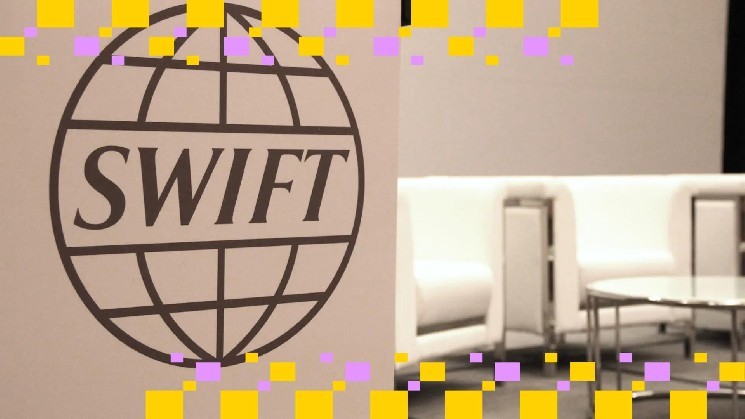SWIFT, the backbone of the global financial messaging system, is taking a step toward becoming a full-fledged blockchain infrastructure provider.
The network this week announced plans to build a shared ledger platform that will allow banks to settle transactions involving stablecoins and tokenized assets across multiple blockchains.
SWIFT has long served as a messaging layer for cross-border funds transfers, but the new platform brings SWIFT closer to the heart of value transfer.
This is a big change for the more than 50-year-old traditional financial organization, which is known for handling communications between more than 11,500 banks rather than the movement of funds itself.
The changing role of SWIFT
“The big development is that SWIFT’s business model has changed to address blockchain disintermediation,” said author Noel Acheson. Cryptocurrency is now macro Newsletter. “SWIFT today does not transfer value, it sends messages. On-chain, messages and transfers are the same thing.
Acheson argued that the new platform could act as a “switching” layer for digital currencies and tokenized assets, bridging siled systems. But she questioned whether SWIFT was still essential in the world of programmable money.
“Does a tokenized financial system need SWIFT? No, it doesn’t. But it connects with virtually every global bank,” she said.
Bank introduction to stablecoins
These connections could give SWIFT an advantage as banks seek a path to the blockchain economy.
Barry O’Sullivan, Director of Banking and Payments at Openpaid, said: “The industry is evolving rapidly and stablecoins are being adopted around the world at such a speed that traditional banks have to take notice.”
According to SWIFT, more than 30 financial institutions are already working on the project. O’Sullivan expects more to come as demand and regulatory clarity increases. “Adoption, interoperability and regulatory alignment will take time,” he said. “However, SWIFT is clearly positioned to play a meaningful role in shaping the evolving stablecoin and tokenized asset ecosystem.”
David Duong, head of institutional research at Coinbase, said SWIFT’s platform has the potential to “significantly lower” technical barriers and integration costs for financial institutions looking to incorporate stablecoins into their operations.
O’Sullivan noted that while the platform could bring “some standardization to the global stablecoin ecosystem,” fragmentation is likely to continue. “Existing private stablecoins, CBDCs and regional solutions may continue to operate in parallel,” he said.
developed over many years
Duong described SWIFT’s efforts as a “watershed moment” for both cryptocurrencies and traditional finance, but reminded that it took years to materialize. Duong said the company has been experimenting with distributed ledger technology since 2017, including running pilot projects with Chainlink, tokenized securities platform Clearstream and SETL, and testing interoperability with CBDCs. Developing its own shared ledger platform appears to be the next step in a long-term transition, Duong said.
Still, not everyone sees SWIFT as a neutral player. Acheson said banks’ role in sanctions enforcement has led to mistrust in countries cut off from banking networks.
“Given the widespread global distrust following SWIFT’s role in enforcing US and EU sanctions, it is unclear whether its provision will halt the fragmentation of payments systems,” she argued.
Still, SWIFT’s decision highlights how the lines between traditional and blockchain finance are becoming increasingly intertwined, with the world’s largest financial institutions slowly and suddenly beginning to take the lead in maintaining the status quo.














